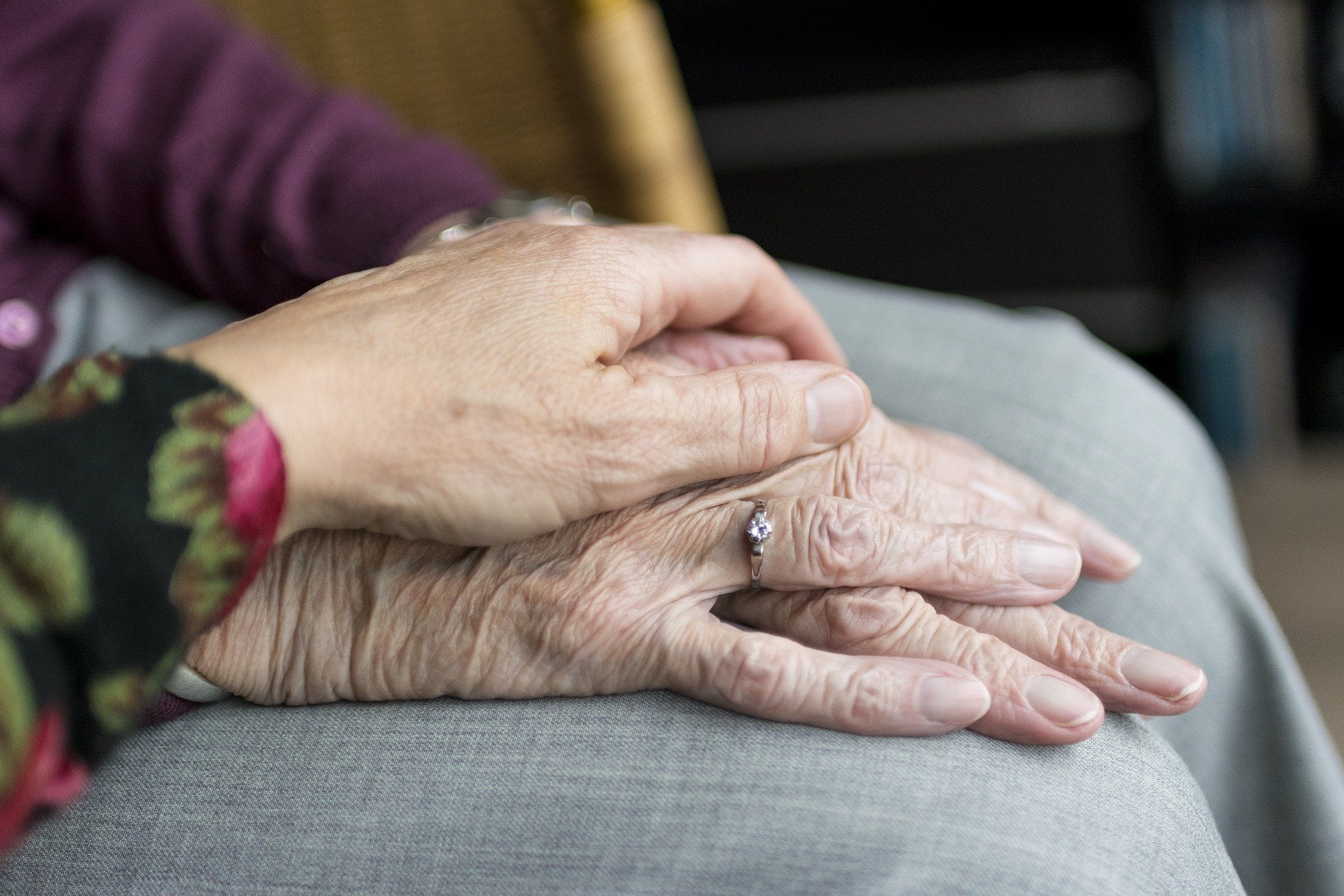Euthanasia – How is an Advance Directive different?
Euthanasia is defined in the Oxford Dictionary as ‘the painless killing of a patient suffering from an incurable and painful disease or in an irreversible coma.’ It can also be referred to as ‘assisted suicide.’
Whilst it is widely known across Essex that Euthanasia is illegal in the UK, what is less commonly known about is the function of an Advance Directive. An Advance Directive is a legally binding document, which allows you to formally record your choice to refuse any or all treatments including life-sustaining treatments should you fall seriously ill or become disabled. An Advance Directive only comes into effect in the instance that you are unable to voice your wishes for your medical treatment.
In order to be valid, your Advance Directive must be made at a time when you are mentally capable. It must also clearly specify the types of treatment that you wish to refuse. There are many different types of treatment that you may wish to refuse, and it may be the case that you only wish to refuse certain treatments in certain situations. This needs to be clearly stated in your Advance Directive in order for it to be legally binding. In terms of life-sustaining treatments, you also need to clearly specify which life-sustaining treatments you wish to refuse. Examples of life-sustaining treatments include artificial ventilation, CPR, antibiotics, hydration, transfusions, and dialysis.
It can be a good idea to communicate the contents of your Advance Directive with your family and loved ones. This is especially relevant if you have appointed a Power of Attorney in terms of your future health care, as the contents of your Advance Directive override any decision made by your Power of Attorney. You may want to discuss your reasons for your decisions, or you may wish to simply make sure that your loved ones are aware of your choices so that should you fall seriously ill, they will not be surprised or shocked by your choices in your Advance Directive.
Therefore, the difference between an Advance Directive and Euthanasia centres upon the fact that an Advance Directive allows a patient to refuse life-sustaining treatment which allows the patient to pass away naturally, whereas Euthanasia requires the interference of another substance or action which causes the death of the patient artificially. If you would like to discuss your choices for your future healthcare treatments or end-of-life care in Essex or across the UK, contact Andrew Douglas Wills and Legal Services to arrange a free initial consultation.
If you would like to keep up with our latest posts and advice about estate planning through the regular advice that we provide to our clients in this regard, then please also feel free to –
Follow us on Twitter at https://twitter.com/ADouglasWills.
Follow us on Facebook at https://www.facebook.com/AndrewDouglasWills.





